After calls with foreign leaders,desi pakistani sex video rap sessions with lawmakers, and long classified briefings with advisers, President Jimmy Carter would often escape to the roof of the White House.
There his son Jeffrey had set up a tracking telescope, Carter said in his book, A Full Life. Feeling the weight of the world, he would gaze at the stars and contemplate his place among them.
"I recall one winter night going to the White House roof to study the Orion nebulae, but we could barely see the stars, their images so paled by city lights," he waxed in a poem.
That particular evening, on Dec. 18, 1977, the astrophysicist Carl Saganjoined him. They had just visited the U.S. Naval Observatory next to the vice president’s mansion, where they discussed all things space— planets, stars, black holes, and astrobiology.Carter himself was a man of science: He studied engineering in college and did graduate work in nuclear physics.
"It was a welcome diversion from earthly concerns," he wrote in a thank-you note to Sagan.
Carter, who died on Dec. 29, 2024 at 100, was an avid astronomer, with a profound curiosity for the cosmos, a part of his story that isn't well-known. It began when he was a lab assistant to an astronomy teacher his freshman year in college, and it continued as he learned celestial navigation in the U.S. Navy, where he rose to the rank of lieutenant. One Christmas while on a ship with his family, he asked the captain if the crew had a sextant on board, a tool for measuring the angle between the horizon and an object in the sky. The captain proceeded to show him one, he said, displayed like a museum artifact in a glass case.
SEE ALSO: NASA's finally talking about UFOs with Americans. Here's what they said.This Tweet is currently unavailable. It might be loading or has been removed.
But politics often eclipsed the former president's appreciation for space. Though his first budget funded the program that became NASA's Hubble Space Telescope, Carter was maligned for not supporting human spaceflight in the vein of the Apollo program, said Steven Hochman, former special assistant to the president at the Carter Center. He was a supporter of robotic exploration and research that could benefit people's lives, but when it came to the exorbitant cost of sending astronauts into deep space, he preferred spending on domestic concerns.
"NASA, I believe, has not given him the credit he deserves," Hochman told Mashable. "I believe it is because he was critical of the Space Shuttle program and didn't provide funding for future missions to the moon or Mars."
For years political adversaries ridiculed Carter for having a tinfoil hat, stemming from an incident in 1969that later circulated in the press. After a Lions Club meeting in Leary, Georgia, Carter and a few other men spotted something strange moving in the sky: a luminous object, first blue then red, the apparent size and brightness of the moon. About four years later, Carter reported the unidentified flying objectto the National Investigations Committee on Aerial Phenomena and the International UFO Bureau in Oklahoma.
 President Jimmy Carter places the Congressional Space Medal around NASA astronaut Neil Armstrong's neck. Credit: UPI / Bettmann Archive / Getty Images
President Jimmy Carter places the Congressional Space Medal around NASA astronaut Neil Armstrong's neck. Credit: UPI / Bettmann Archive / Getty Images Though Carter never claimed to have spotted aliens or a flying saucer — to him this was literally an unknown object in the air — people snickered and mistook his UFO sighting as such. Skeptics, who likely knew nothing of Carter's astronomy background, suggested he had merely seen Venus.
"It was not Venus," Carter said in a 2007 interviewon "The Skeptics' Guide to the Universe" podcast.
In fact, his UFO sighting had taken on such mythic proportions, some had wondered whether it was the reason Carter wanted NASA to investigate UFOs in 1977. Despite a White House request expressing a need to address the general UFO "public relations problem," NASA had, surprisingly, declined.
 The Japanese space agency JAXA's Akatsuki mission, aka Planet-C or Venus Climate Orbiter, studies the planet's atmosphere from orbit with an ultraviolet imager. Sulfur dioxide causes some clouds to look dark because of sunlight absorption. Credit: ISAS / JAXA
The Japanese space agency JAXA's Akatsuki mission, aka Planet-C or Venus Climate Orbiter, studies the planet's atmosphere from orbit with an ultraviolet imager. Sulfur dioxide causes some clouds to look dark because of sunlight absorption. Credit: ISAS / JAXA The subject prompted The Journal of Scientific Explorationto invite Richard C. Henry, the agency's deputy director of astrophysics during Carter's administration, to write an essay about it more than a decade later. Henry, a semi-retired professorat Johns Hopkins University today, came to no definitive conclusions on why NASA rebuffed the White House. But, in a postscript, Henry said he sent his draft to Carter before publication in 1988.
"The most important point that you could clarify, if you will, is whether you yourself were behind (the UFO panel proposal) letter of July 21, 1977, to NASA," Henry wrote.
Beside the sentence, Carter jotted his reply in one word: No.
 NASA leaders brief President Jimmy Carter before the first Space Shuttle launch at Kennedy Space Center in Cape Canaveral, Florida. Credit: NASA
NASA leaders brief President Jimmy Carter before the first Space Shuttle launch at Kennedy Space Center in Cape Canaveral, Florida. Credit: NASA Yet buried within Henry's paper was a small window into Carter's passion for astronomy. In November 1977, the president and his son sent a message to NASA headquarters asking to borrow a seven-inch Questar telescope. Given that there were no telescopes at headquarters — just paper, Henry said — he tried to hunt one down at another NASA campus.
It turned out Marshall Space Flight Center in Huntsville, Alabama, had one.
"By great luck, a NASA plane was flying from Huntsville to Washington the next day ([Science adviser Frank] Press was emphatic that the President wanted no special flights or other waste of taxpayer dollars)," Henry wrote.
 President Jimmy Carter sits alone on a bench at Camp David during the Egyptian-Israeli peace talks on Sept. 9, 1978. Credit: White House / CNP / Getty Images
President Jimmy Carter sits alone on a bench at Camp David during the Egyptian-Israeli peace talks on Sept. 9, 1978. Credit: White House / CNP / Getty Images The NASA official and his wife, Rita Mahon, picked up the Questar at Washington National Airport and promptly took it to the White House. They then unpacked the telescope from a large wooden crate and showed the Carters how to set it up on the Truman balcony overlooking the South Lawn. The night was cloudy, but they trained on the moon.
The president then proceeded to take the telescope with him to Camp David near Thurmont, Maryland, on Nov. 23, 1977, where he and his family spent Thanksgiving, according to his daily diary. He returned it about a week later.
One has to wonder if Carter brought a telescope with him again just 10 months later, when he invited Egyptian President Mohamed Anwar al-Sadat and Israeli Prime Minister Menachem Begin to join him at the retreat. The renowned talks would result in the Camp David Accords, which later earned the Middle East leaders a Nobel Peace Prize.
 U.S. President Jimmy Carter, Egyptian President Mohamed Anwar al-Sadat, and Israeli Prime Minister Menachem Begin share a three-way handshake after signing the Camp David Accords. Credit: Bettmann / Contributor / Getty Images
U.S. President Jimmy Carter, Egyptian President Mohamed Anwar al-Sadat, and Israeli Prime Minister Menachem Begin share a three-way handshake after signing the Camp David Accords. Credit: Bettmann / Contributor / Getty Images There's an amusing irony to the false urban legend that Carter believed he was visited by aliens: He is, after all, the most likely person to make humanity's introduction to extraterrestrials.
Some 15.5 billion miles away from Earth, hurtling through the cold, uncharted abyss, is NASA's Voyager 1probe. It is the farthest spacecraft from home, having left the solar system in 2012. Soaring through interstellar space at 38,000 mph, it carries a gold-plated record produced by Sagan, with a melange of sounds from the planet.
Crickets. Wind. Greetings in 55 languages, from Akkadian to Wu. A mother kissing her child. These and a letter from Carter are among the recordings on the disk.
 A technician puts the golden record on the Voyager spacecraft in a clean room before launch. Credit: Space Frontiers / Archive Photos / Getty Images
A technician puts the golden record on the Voyager spacecraft in a clean room before launch. Credit: Space Frontiers / Archive Photos / Getty Images The odds of making contact with aliens, if they exist, are slight, if not insurmountable. Galaxies are spinning away from each other into the infinite unknown.The speed at which space is expandingfar outpaces our technologyto overcome it. It's as if the universe were contrived to keep its inhabitants apart.
But should some other intelligent life forms encounter Voyager — or Voyager 2, which carries a duplicate record — thousands or even billions of years into the future, they will discover Carter's words:
"This is a present from a small distant world, a token of our sounds, our science, our images, our music, our thoughts and our feelings," he wrote. "We are attempting to survive our time so we may live into yours. We hope someday, having solved the problems we face, to join a community of galactic civilizations. This record represents our hope and our determination and our goodwill in a vast and awesome universe."
 A copy of the statement President Jimmy Carter included on the golden records for the Voyager spacecraft. Credit: NASA
A copy of the statement President Jimmy Carter included on the golden records for the Voyager spacecraft. Credit: NASA Many knew Carter's intimate relationship with his faith. He grew up Southern Baptist, the son of a farmer in the boomtown of Plains, Georgia. He referred to himself as a born-again Christian. Long after his presidency, he attended regular church services and taught Sunday School.
But how his evangelical beliefs squared with his thoughts on the universe aren't clear. He wrote in a poem, titled "Considering the Void:"
When I behold the charm / of evening skies, their lulling endurance; / the patterns of stars with names / of bears and dogs, a swan, a virgin; / other planets that our Voyager showed / were like and so unlike our own, / with all their moons, / bright discs, weird rings, and cratered faces; / comets with their streaming tails / bent by pressure from our sun; / the skyscape of our Milky Way / holding in its shimmering disc /an infinity of suns / (or say a thousand billion); / knowing there are holes of darkness / gulping mass and even light, / knowing that this galaxy of ours / is one of multitudes / in what we call the heavens, / it troubles me. It troubles me.
What exactly was haunting Carter? Was he expressing a collision of faith and science in what lies beyond? An existential crisis of never knowing the big picture?
Perhaps, as he wished, humankind will survive this time so that we may live to know more.
Topics NASA
 HP Touchscreen Laptop deal: Get $240 off at Best Buy
HP Touchscreen Laptop deal: Get $240 off at Best Buy
 Pox: On 'Contagion' by Caleb Crain
Pox: On 'Contagion' by Caleb Crain
 Stephen Marche and Arthur Phillips on Shakespeare by The Paris Review
Stephen Marche and Arthur Phillips on Shakespeare by The Paris Review
 Staff Picks: Food, Fiction, and Summer Dresses by The Paris Review
Staff Picks: Food, Fiction, and Summer Dresses by The Paris Review
 Great white shark leaps into tiny boat, fisherman treats it like NBD
Great white shark leaps into tiny boat, fisherman treats it like NBD
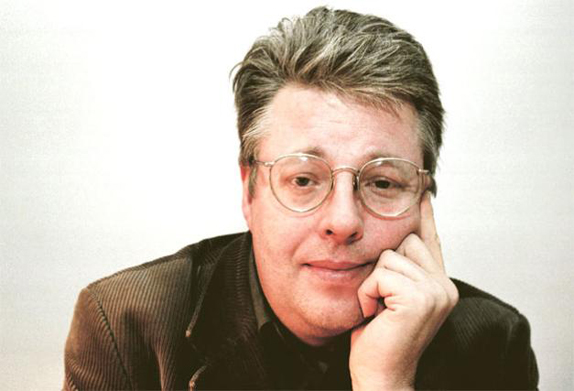 Stieg's Stockholm by Elisabeth Donnelly
Stieg's Stockholm by Elisabeth Donnelly
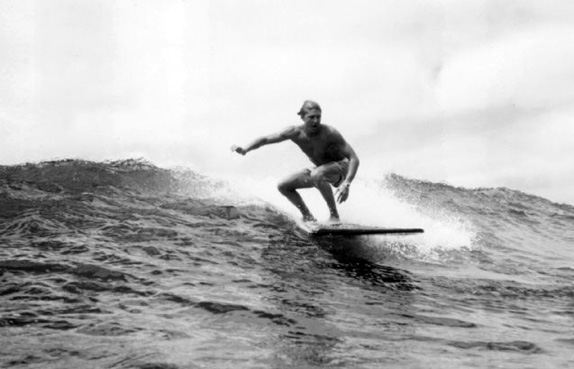 The Burden of Home by Aaron Gilbreath
The Burden of Home by Aaron Gilbreath
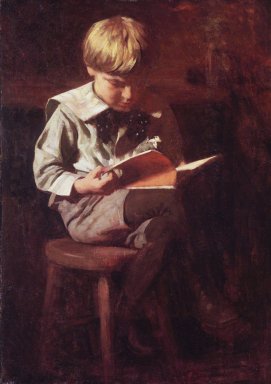 Complexity and Contradiction; Reading Audiobooks by Lorin Stein
Complexity and Contradiction; Reading Audiobooks by Lorin Stein
 AC Milan vs. Feyenoord 2025 livestream: Watch Champions League for free
AC Milan vs. Feyenoord 2025 livestream: Watch Champions League for free
 Talking Dirty with Our Fall Issue by Sadie Stein
Talking Dirty with Our Fall Issue by Sadie Stein
 Li Bing Bing at High Tea by Claudine Ko
Li Bing Bing at High Tea by Claudine Ko
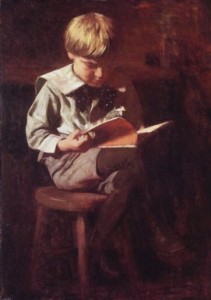 American Girl; Speed Levitch by Sadie Stein
American Girl; Speed Levitch by Sadie Stein
 A Week in Culture: Tom Nissley, Writer and Game
A Week in Culture: Tom Nissley, Writer and Game
 Swole Jeff Bezos joins Instagram to tease his new ROCKET FACTORY
Swole Jeff Bezos joins Instagram to tease his new ROCKET FACTORY
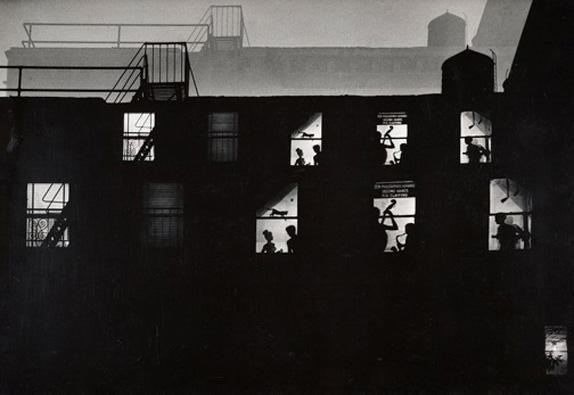 Managed Mayhem by Dawn Chan
Managed Mayhem by Dawn Chan
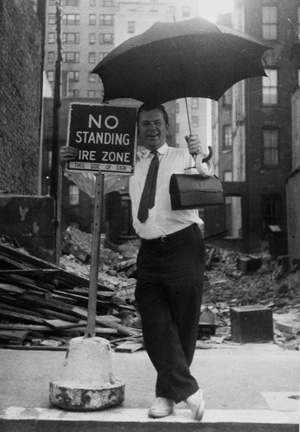 'DOC' at Anthology Film Archives by Deirdre Foley
'DOC' at Anthology Film Archives by Deirdre Foley
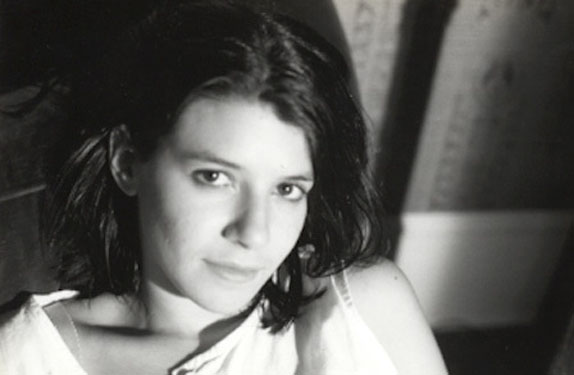 Poem: Episode by Jennifer Michael Hecht
Poem: Episode by Jennifer Michael Hecht
 Constructive Abandonment by Michael Dumontier and Neil Farber
Constructive Abandonment by Michael Dumontier and Neil Farber
OnlyFans to ban sexually explicit content as if that isn't the whole point of OnlyFansBumble bans profile for PizzagateHow Hulu's 'Nine Perfect Strangers' is different from the bookPolitician's emotional speech about her cancer got a standing ovation in ParliamentWhatsApp might make disappearing messages option a lot more usefulOnlyFans to ban sexually explicit content as if that isn't the whole point of OnlyFansNetflix's 'Sweet Girl' review: A bonkers, Jason MomoaAre you a passiveIt's Fiona the hippo's first birthday, she's eating cake, and I'm crying12 verified GoFundMe campaigns if you want to help Afghans in crisis'Twelve Minutes' review: The Hitchcock game I've always wanted to playMike Richards steps down a week after being named 'Jeopardy!' hostHow to set multiple timers on an Apple WatchHate the iPhone's Night Mode? Soon you'll be able to turn it off for good.Here's why your Instagram and Facebook feeds are looking bare this morningElon Musk reveals plans to unleash a humanoid Tesla Bot'Ghost of Tsushima: Director's Cut' is the definitive way to playThe U.S. is erasing student loan debt for people with severe disabilitiesBumble adds an inGymnast Aly Raisman took out a full Russian Book Jackets from the 1930s A New Year’s Recommendation: The Score to “Thief of Bagdad” Pushing a Taxi Out of the Snow Hiroki Tsukuda’s “Enter the O”: A Haunting Alternate Reality Abandon All Hope: Rowan Ricardo Phillips on the 76ers Steve Clay on the Beginning of Granary Books When Your Conscience Has a Headache: The Gossip Hangover Jean Debuffet’s Savage, Chaotic “Art Brut” Can You Name These Writers? by Stephen Hiltner Let Me Entertain You: The Best Books About Throwing Parties Who Said a Public Poem Has to Cheer You Up? The Bizarre Books of George Leonard Herter Vagrich Bakhchanyan and Subversive Soviet Art Mondays Have Always Been Blue—Even Before the Pseudoscience John Clare, Christopher Smart, and the Poetry of the Asylum Pimped for a Part: The Story of My Mother’s Matchmaking Linda Pastan Talks About Her New Collection, “Insomnia” Isak Dinesen’s Art Is as Good as Her Writing Staff Picks: Peter Hujar, Luc Sante, Samantha Hunt Why Does the First Person Come First?
2.1845s , 10593.96875 kb
Copyright © 2025 Powered by 【desi pakistani sex video】,Miracle Information Network